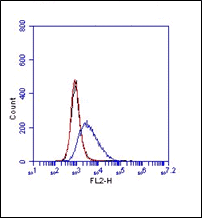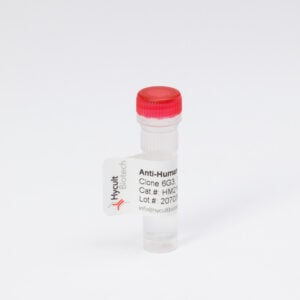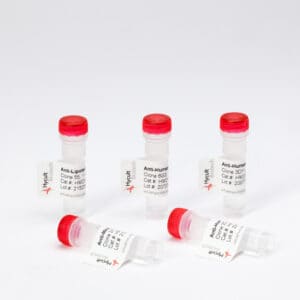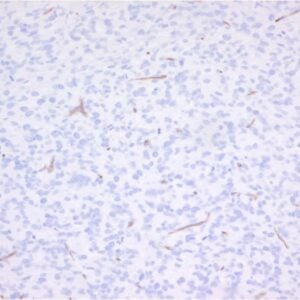CD13, Mouse, mAb ER-BMDM1
€133.00 – €320.00
The monoclonal antibody ER-BMDM1 is directed against a 160-kDa cell membrane-associated antigen with aminopeptidase N activity. Aminopeptidase N (APN) is also known as Alanyl Aminopeptidase (ANPEP), CD13 antigen or membrane protein p161. The protein consists of a short cyplasmic tail, a transmembrane region, a Ser/Thr region, and a zinc metalloproteinase domain. Widely expressed in many cells, tissues, and species, aminopeptidase N cleaves the N-terminal amino acids from bioactive peptides, leading to their inactivation or degradation. It has putative involvement in several biological processes including antigen processing and presentation, cell adhesion, tumor invasion and metastasis and neurotransmitter degradation. The antigen recognized by the monoclonal antibody ER-BMDM1 is present on various mouse macrophage and dendritic cell subpopulations as well as on microvillous epithelia. The ER-BMDM1 antigen is expressed at increasing levels upon maturation of macrophages. Therefore the monoclonal antibody ER-BMDM1 is a useful marker for the identification of aminopeptidase N positive macrophages and dendritic cells in mouse, the expression of the ER-BMDM1 antigen arises after the monocytic stage of differentation: bone marrow cells and peripheral blood monocytes are ER-BMDM1 negative, whereas mature macrophages express the ER-BMDM1 antigen. A subpopulation of dendrocytes and their in vitro equivalents, the dendritic cells, are also ER-BMDM1 positive.





